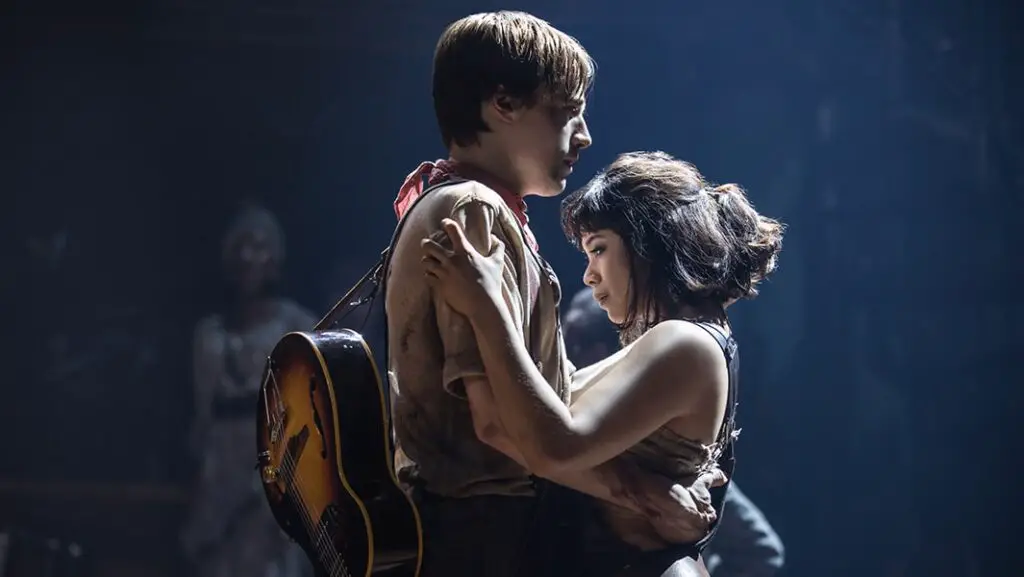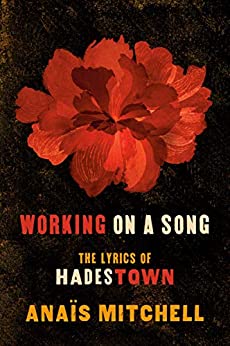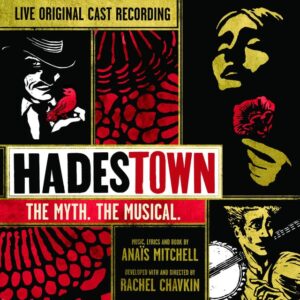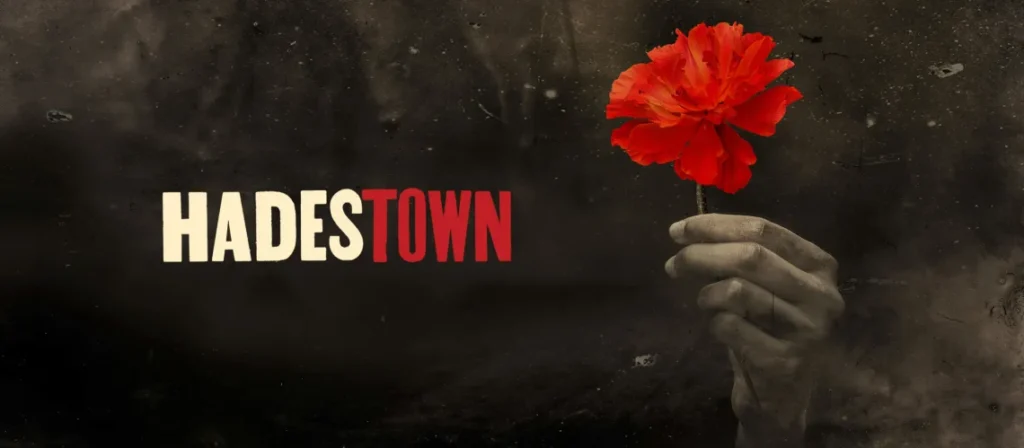
Everything is seamless to the audience of a Broadway show like the award-winning musical Hadestown. But what I discovered reading Working on a Song: The Lyrics of Hadestown by Anais Mitchell is that this show was a collaborative product of literally decades. This creative process holds many lessons for writers.
Hadestown and Working on a Song
Seeing Hadestown
My son, the Broadway musical theater geek, insisted on Hadestown tickets last summer for his birthday. I went in blind because I wanted to experience the show with no preconceptions. (My son had researched all the actors, past and present, and had listened to the soundtrack multiple times.)
I was blown away. Hadestown is based on the mythical story of the tragic lovers Orpheus and Eurydice. But the musical is also the story of Hades and Persephone, all given a modern twist by the fantastic blues-influenced music. The conception of the play is that hell is an industrial wasteland driven by mindless drones, with Hades’ thematic songs about providing a ‘place’ for those lost vying with Orpheus’ thematic songs about spring, hope, and love.
That led me to the book, purchased at the wonderful Drama Book Shop in New York City. (If you are in New York City and have any interest in books or theater at all, this is a must visit.) Working on a Song is a chapter-by-chapter breakdown of each song, but it’s also a book about how Mitchell conceived the initial show and how it evolved from traveling performances to a Broadway powerhouse.
In Mitchell’s own words, this is “a book for writers, especially songwriters crossing over into dramatic storytelling.” Its insights into the creative process also make it valuable for any type of storytellers.
Here Are Five Lessons I Learned From Working on a Song:
The Creative Process is Forever Evolving
The Original Hadestown production began, as Mitchell says in her introduction, as “a DIY community theater project in Vermont in 2006-7.” Working on a Song includes a photo of the production of that play from 2007.
Her first two collaborators were arranger/orchestrator Michael Chorney and director/designer Ben T. Matchstick. The group toured with the production in Vermont. Time passed, and the next step was a studio album, released in 2010. Changes were made then, including revisions and the addition of new songs. The album led to a concert tour. Still, it was not a stage show.
After the concert tour, the show landed at the New York Theatre Workshop and they made more revisions, especially at the suggestion of theater experts, called a dramaturg. After that, there were shows in Edmonton and London before Hadestown finally opened triumphantly on Broadway in 2019.
That’s twelve years of working on the same show, twelve years of taking feedback and letting the show evolve.
But it’s also twelve years where the creator never gave up on the work. Sometimes, the creative process simply takes that long. I say that as someone who first wrote a book in 2004 that (with many, many revisions) is coming out in 2023.

Focus On the Right Characters
One of the major issues Mitchell experienced centered on the main characters: Orpheus and Eurydice. In the myth and in the show, the couple falls quickly in love. He neglects her; she ends up in Hades; he comes to rescue her and yet loses faith with her in the end. For the show to work, the audience has to root for the lovers.
However, Hadestown also had two other characters, Hades and Persephone, who kept overshadowing the main couple. The feedback was that the two gods seemed more interesting than the main couple.
“The early feedback about our young lovers feeling out of focus had never gone away,” according to Mitchell.
Mitchell knew Orpheus also came across as arrogant. The final revisions reframed him as more of an innocent, an earnest young man driven by his vision of the world. One who could not avoid saying what was in his heart. One way they achieved this was to give the lyrics that painted Orpheus as arrogant to Hermes, the show’s narrator.
In the book, Michell says: “Now Hermes was able to act as Orpheus’ wingman (yeah, that pun was intended) and deliver all the lines formerly assigned to Orpheus that, while poetically satisfying to me, did not help us fall in love with the boy.”
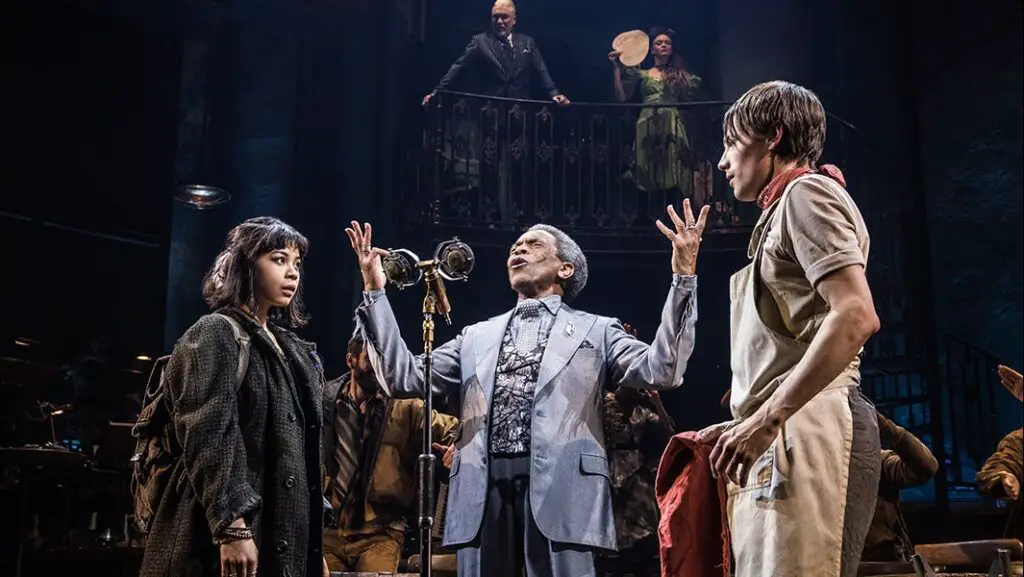
Adapt The Work For Your Intended Audience
The book breaks down its chapters with each focusing on a song.
In the second chapter, Mitchell talks about how the original version of ‘Any Which Way the Wind Blows’ “was my stock in trade as a singer-songwriter but posed major challenges as drama.” Mitchell loved the lyrics and the feeling of the song but it also needed to carry the weight of the storytelling to be suitable for a drama production.
And so the show morphed: “Realizing that our weird little show—born in the wild woods of Vermont and developed with a lot of downtown artists who disdained commercial formulas—was actually coming to resemble a classic Broadway musical structure.”
There is a reason some classic structures work for an audience.
Make the Final Decision on Feedback
The show began as something experimental, evolved into a concert, and then changed into a stage production. That means Mitchell not only had to revise, she had to decide which revisions would help the story the most in stage form. And she had two conflicting types of feedback vying with each other:
“Team Dramaturgy pushed to clarify story and character and Team Music pushed back whenever it felt like the changes were compromising the music or poetry to an unsustainable extent.”
It was Mitchell who had to decide which way the wind blew for the show. Sometimes one side ‘won’ and sometimes the other side did. But the real winner was the story.
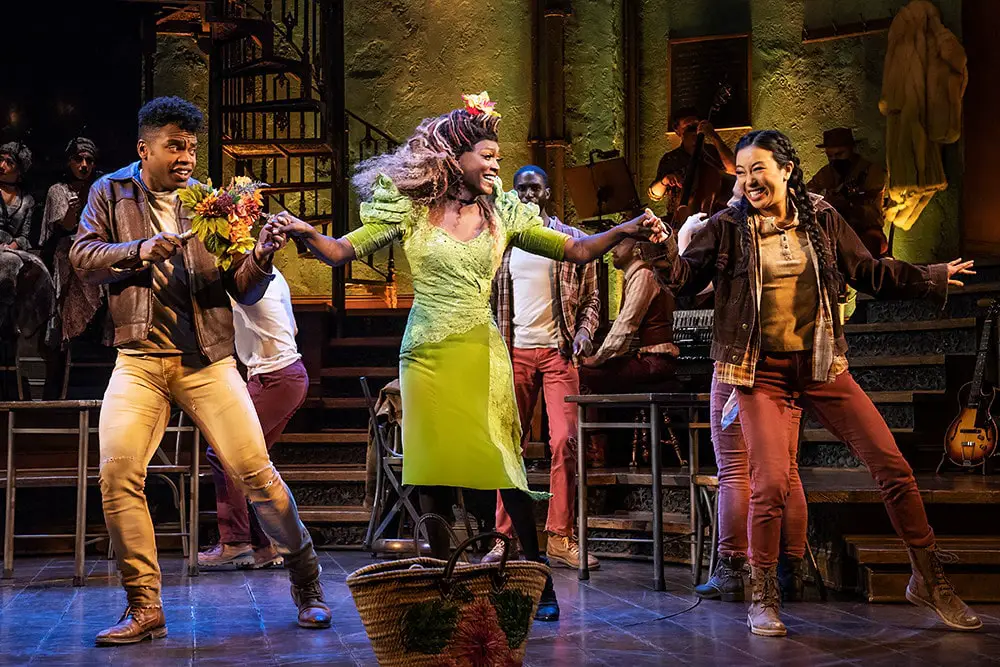
Appreciate Your Collaborators
A Broadway show is not the same as writing a novel. Mitchell lists at least ten different collaborators in the book beyond the original duo I mentioned above. It took a whole community to evolve the show.
Novel writing doesn’t require that much feedback and input from others, but it requires more than most non-writers realize. There are editors, of course, and copy editors. But many writers also have critique partners or critique groups for feedback. Sometimes they have to consult with experts in the genre they write in order to please that genre’s audience. (The genre writing equivalent of a dramaturg.)
And before publication, cover artists must synthesize a book’s mood and tone in a single image, and they must consider how a book can reach its intended audience.
For the book I first wrote in 2003, my acknowledgments cover a whole page, as so many people had a hand in helping shape the story or in encouraging me to keep going. Mitchell’s book made me realize that no lesson or revision is ever for naught.
~ Corrina Lawson
Please be sure and read other LitStack reviews and articles by Corrina Lawson.
As a Bookshop and Amazon affiliate, LitStack may earn a commission at no cost to you when you purchase products through our affiliate links.


